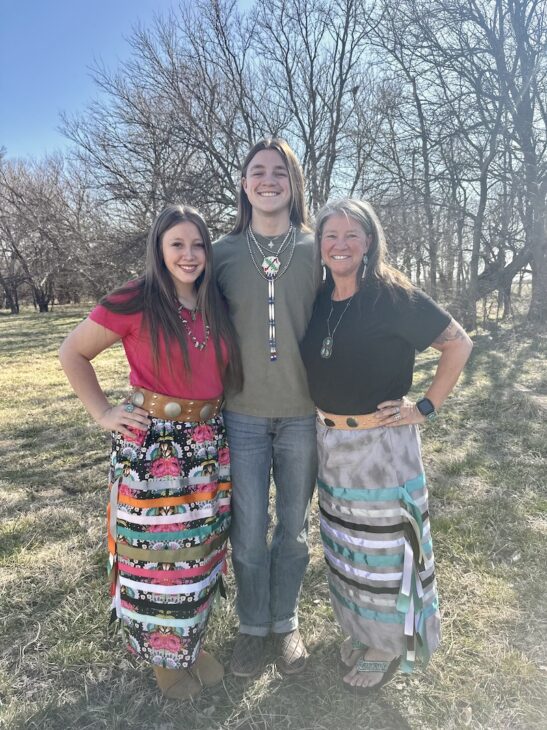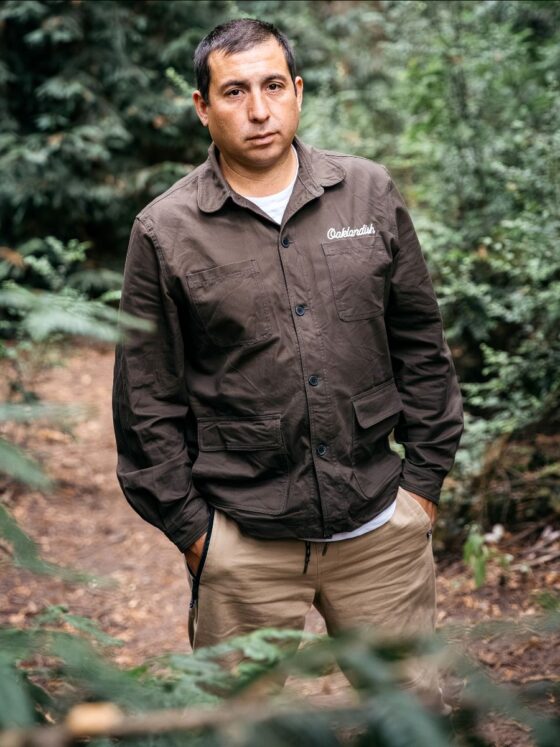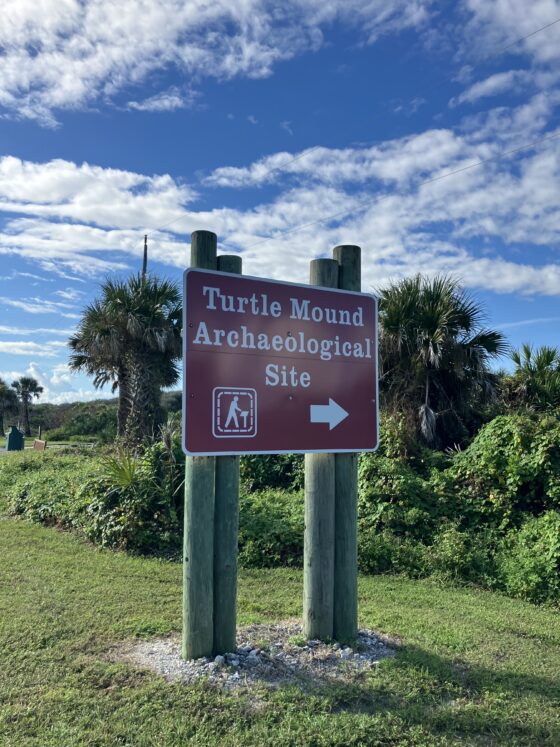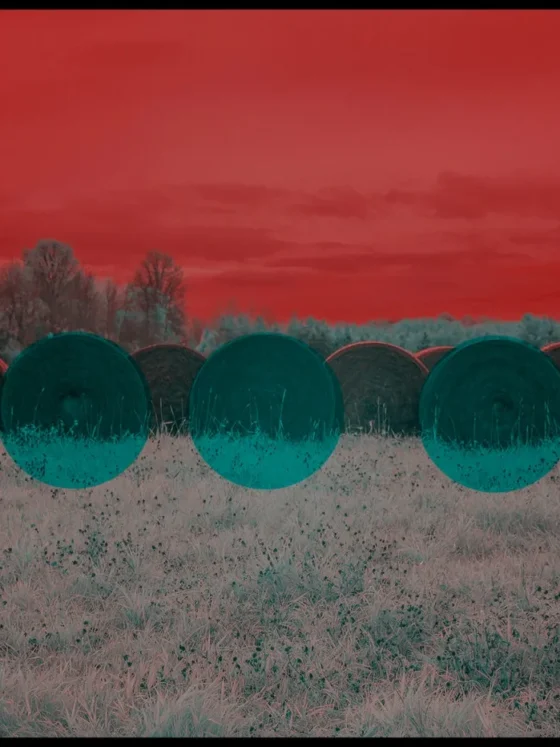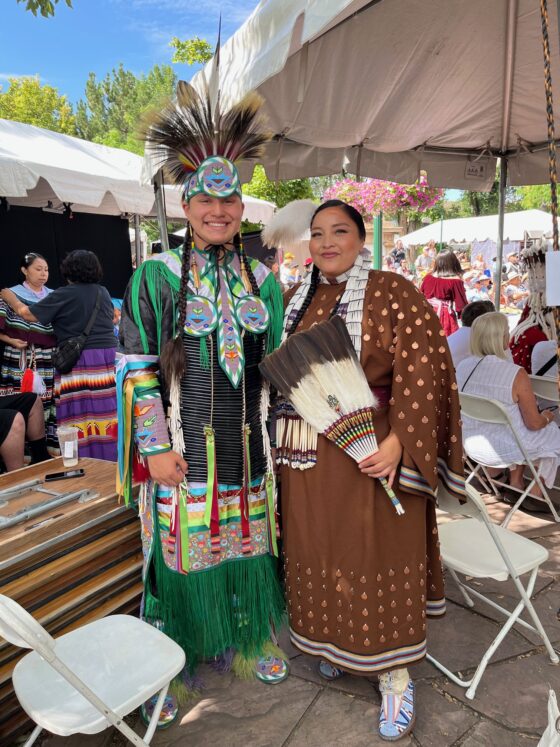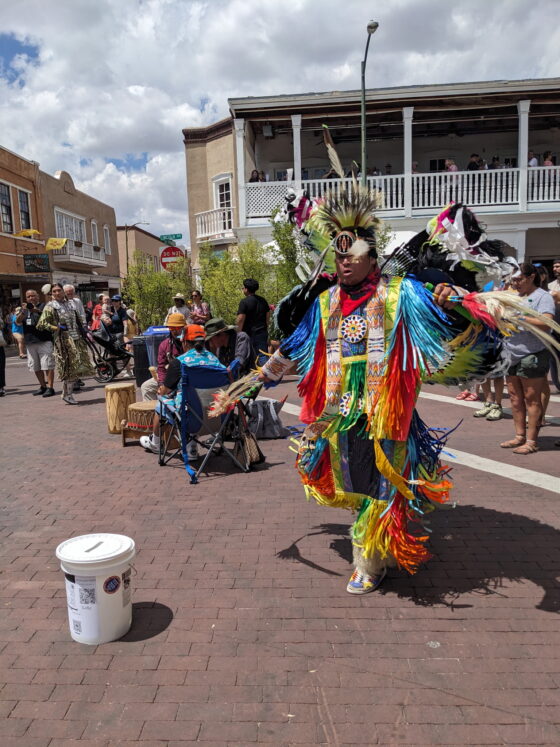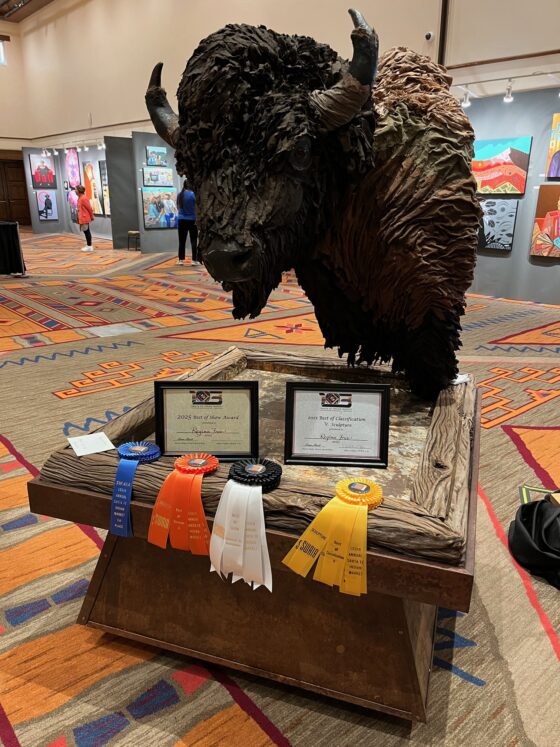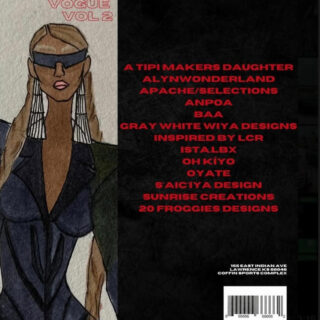Ingredients: The Fry Bread Interview with Gule Usti Regalia and Goods

By: Emma Saville
Kari, Chance, and Kalyn are members of the Nolan family–the creators of Gule Usti Regalia and Goods in southern Kansas. (Gule Usti is pronounced “goolee ustee”)They curate authentic Native jewelry and create custom regalia pieces. Kari is Eastern Band Cherokee, and her husband, Chris, is Cherokee Choctaw. The two are also affiliated with the Ponca and Navajo Nations.
Fry Bread: Can you tell us what “Gule Usti” means?
Chance: It means little acorns. I love it. It’s so funny whenever she [Kari] talks about it.
Kari: … because “from little acorns do mighty oaks grow.
Fry Bread: When did you start the Regalia and goods side of Gule Usti?
Kari: Starting this [jewelry] side of the business, Chance was Head Man Dancer on a Saturday in September for the Wichita Inter-Tribal Warrior Society. Then, the next Tuesday, this opportunity [to purchase a jewelry business] popped up on Facebook Marketplace, and I messaged Chris and Chance .. I was like, “Do y’all want to do this?” They said, “Let’s do this.” We’ve officially been on the books [as Gule Usti] since October.
Fry Bread: How do you curate the jewelry and accessories you sell? Can you also tell us about the Regalia you create?
Chance: [Kari] will send me the stuff whenever they’re looking at pieces, and I’ll tell them if I think it would go to a modern look or an old school look because she loves the old school look every time. We also get our jewelry from antique stores.
Kari: We buy direct from artists as well, depending on what we’re doing and what we’re buying. Ribbon skirts I make; that’s something I do for custom orders…I look for things that I like, and then with them, if they want a skirt, I can kind of play around with ideas … I think that’s a little more free flow than the jewelry piece of it. When I’m shopping for the business, I look at what I think will sell. Chance has his eye for a younger generation, and then I have my eye for an older generation.
Fry Bread: It sounds like it’s a collaborative process to cater to your different audiences.
Chance: Definitely.
Kari: Also, when I buy beadwork, I’ll reach out to my sisters and say, “Hey, do you have any beadwork?” Then we’re able to add in beadwork from the Comanche Nation, the Cherokee people. We can build in pieces that just kind of fit. So, we offer more than just sterling silver and turquoise. We offer beadwork, we offer bolo ties, I feel like we offer a lot of different things.
Fry Bread: What other items do you make in-house?
Kari: I started taking silversmith classes, and I’ve made a few pieces. I am pretty excited about that. Not only to be able to go to New Mexico and Arizona and buy directly from artists, but then I can start adding some of my own pieces in. I make our shawls that we use in the dance arena. I make T dresses, ribbon skirts and shirts, and any of our Regalia … My husband [Chris] does our leather work. He does our belts–the belt that I have on, he did that.
Fry Bread: You curate a lot of jewelry that uses turquoise, black onyx, and coral. Are these stones significant? If so, can you tell us about them?
Kari: In the Native culture, especially out in the Four Corners area in New Mexico, Utah, Arizona and Colorado areas, you see a lot of turquoise. You do see it in other places as well. But turquoise has its own power, just like any other stone. Here [Southern Kansas], you don’t see it represented as much. My dad was born and raised in New Mexico. My grandfather was a silversmith, and he owned a men’s store, so I’ve always been around turquoise.
Chance: I think the fact that it’s coming back into style with all the influencers wearing it nowadays is making it more of a business that we can run more easily.
Kari: A big thing that people also look at is whether or not a [turquoise] piece has an artist’s mark. The Navajo and the Zuni are really good, they have a track of who the makers are. Now you want it to have a maker’s mark on it because that shows the authenticity of a piece.
Fry Bread: Can you tell us about a project or a moment that you are proud of with Gule Usti?
Kari: The fact that we’ve jumped in and done this as a family and been able to support other Native families … Then I’m able to showcase their art as well. So it’s not just my art that we’re showcasing. It is other artists’ art because the majority of this is not mine but to facilitate. Being able to share this part of who we are as a family. I think to me, the thing that I’d be most proud of is that we’re sharing this part of our culture and letting us, as Native` people, be represented across the board. So I can represent my Diné friends, my Navajo friends, my Zuni friends, my Cherokee friends, and all of these tribes. I can represent them by sharing one small piece, then I’m bringing that awareness to everybody else. I think that, to me, would be the biggest thing I’m doing.
Fry Bread: Thank you for sharing your art and Gule Usti with us! Our final question for you is what advice would you give to someone starting a new business or carrying on a pre-established one?
Chance: Don’t stress out about it, because you’re gonna get whatever you want out of it, and it’s gonna make it fun, especially if you’re doing it with your family.
Kari: I would say take your time, do your research, but enjoy the ride, because it’s just a new adventure. We did not think, not even six months later, that this would be where we are. In six months, we have gained followers, Chance has done TikToks and all of that. We have looked at our audience, and we have tried to figure out our demographics … As we have done that, we’ve found other things that we didn’t originally start with, like knives. If somebody had told me six months ago, you’ll need to do this and that, I would not have believed it. I think that’s a huge thing for us.
To check out more of Gule Usti Regalia and Goods, they are on Facebook, Instagram and TikTok.
